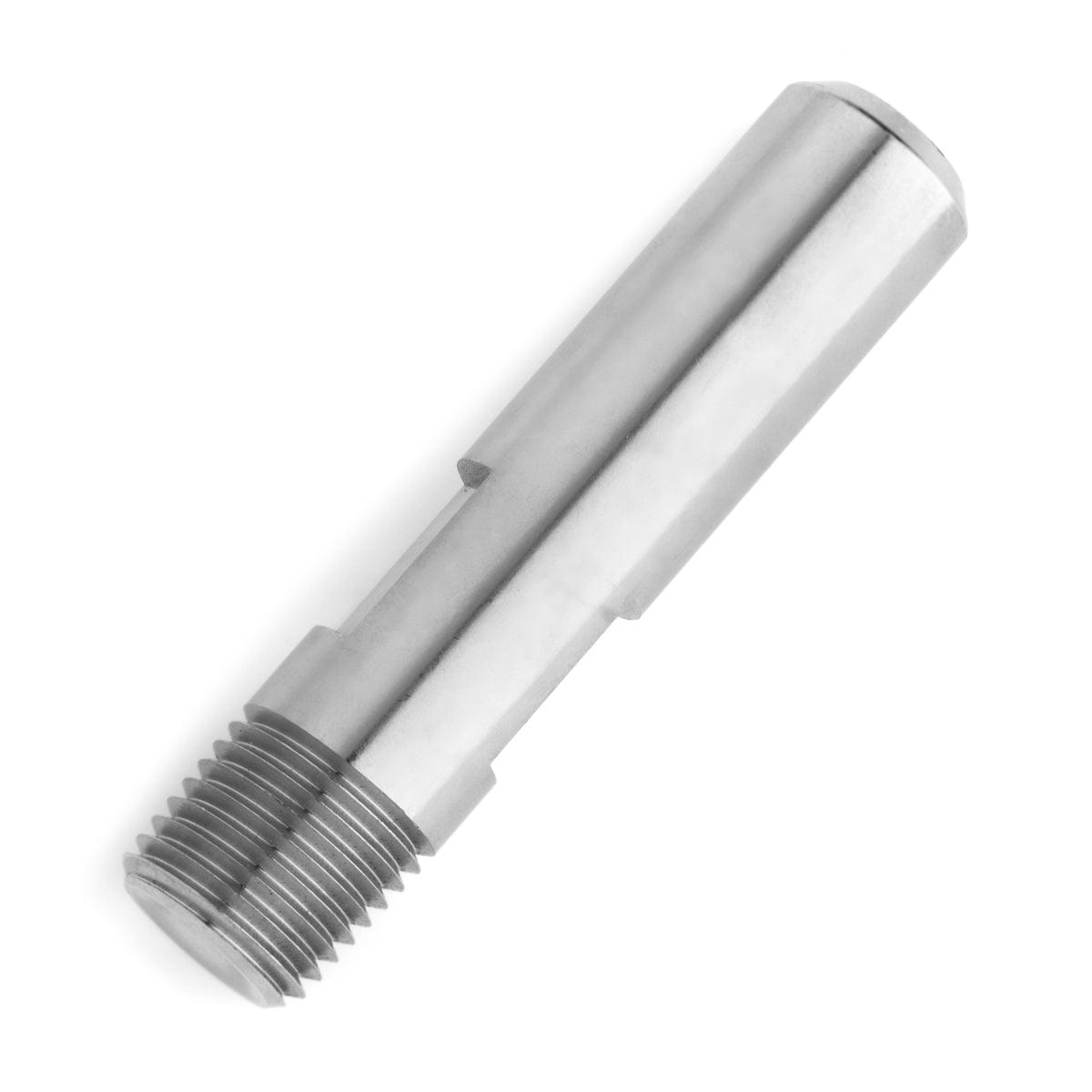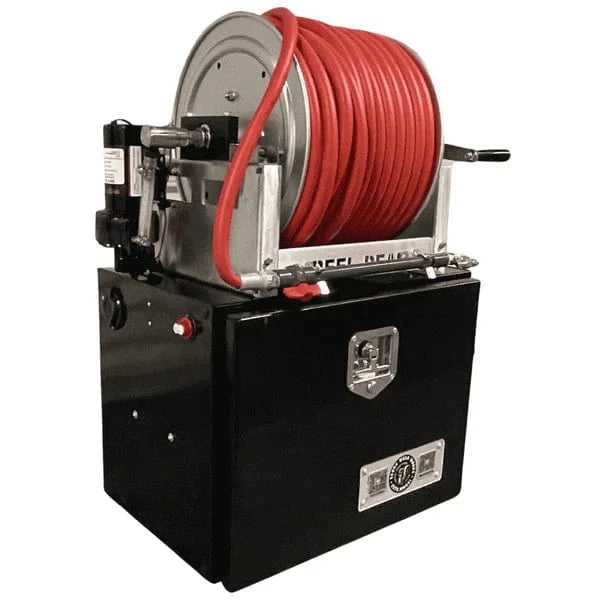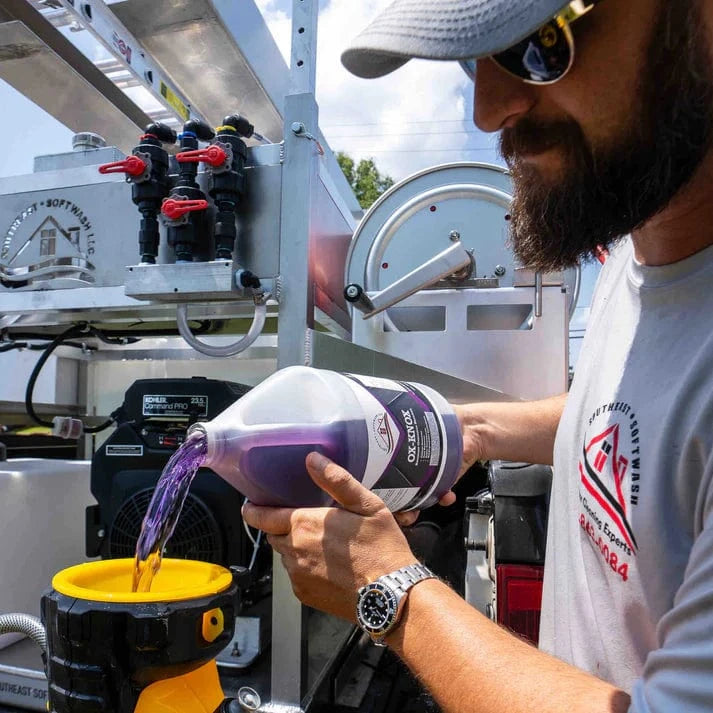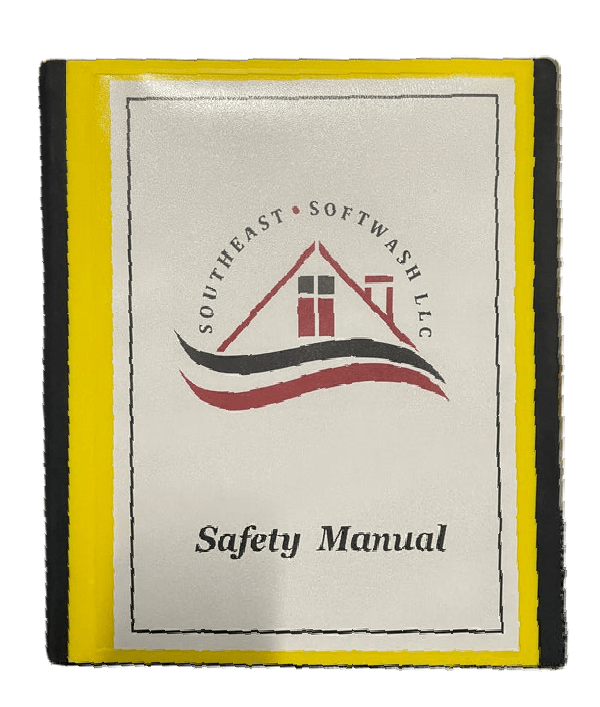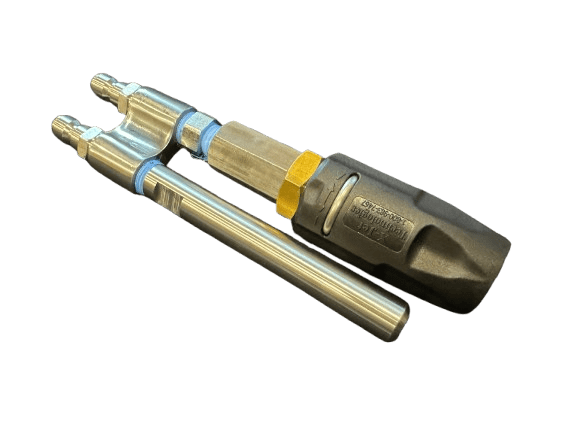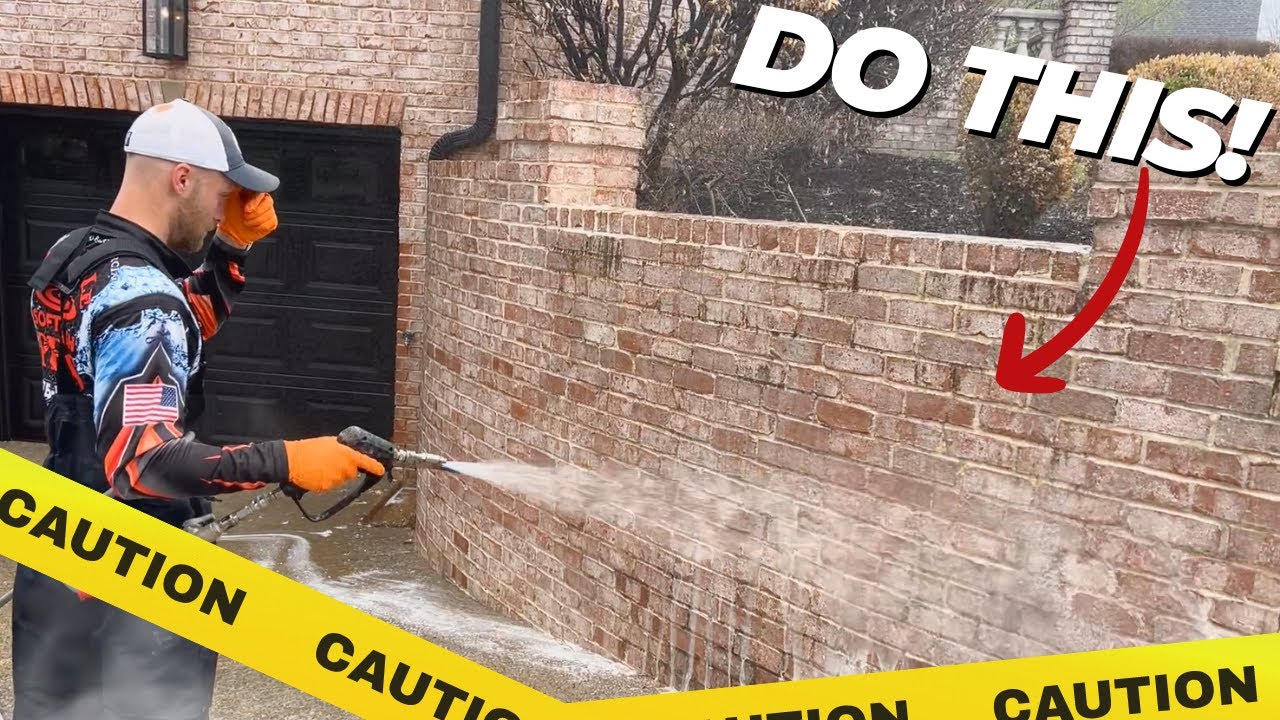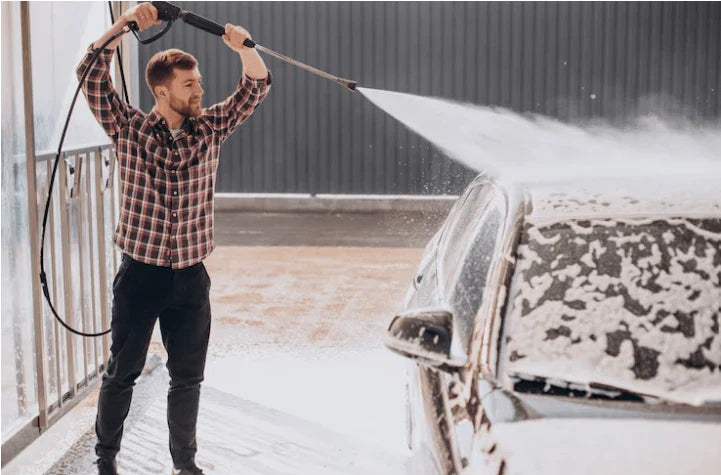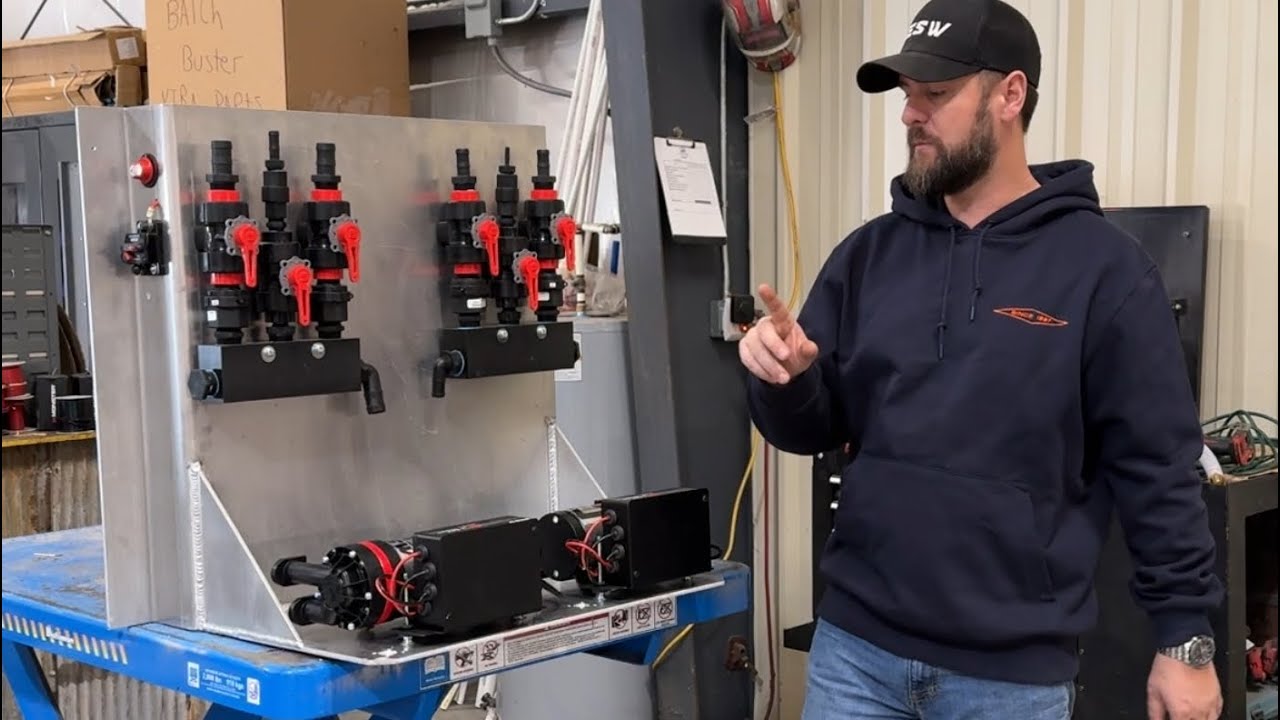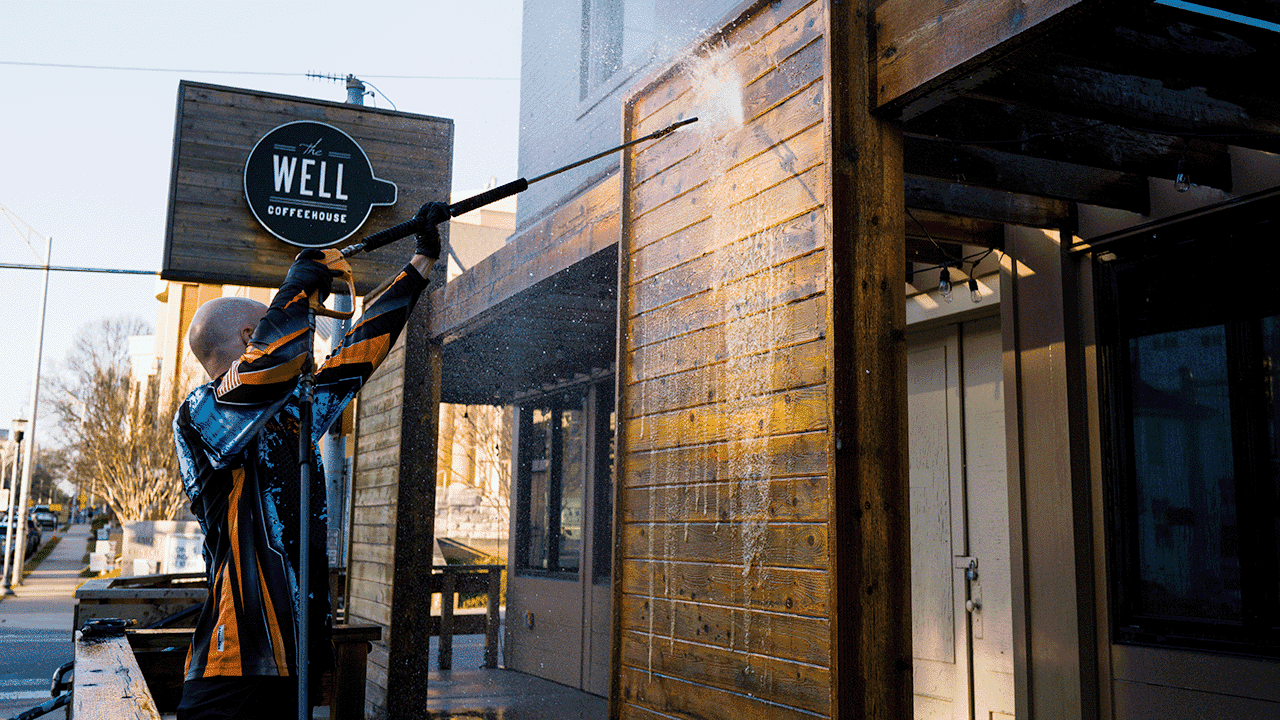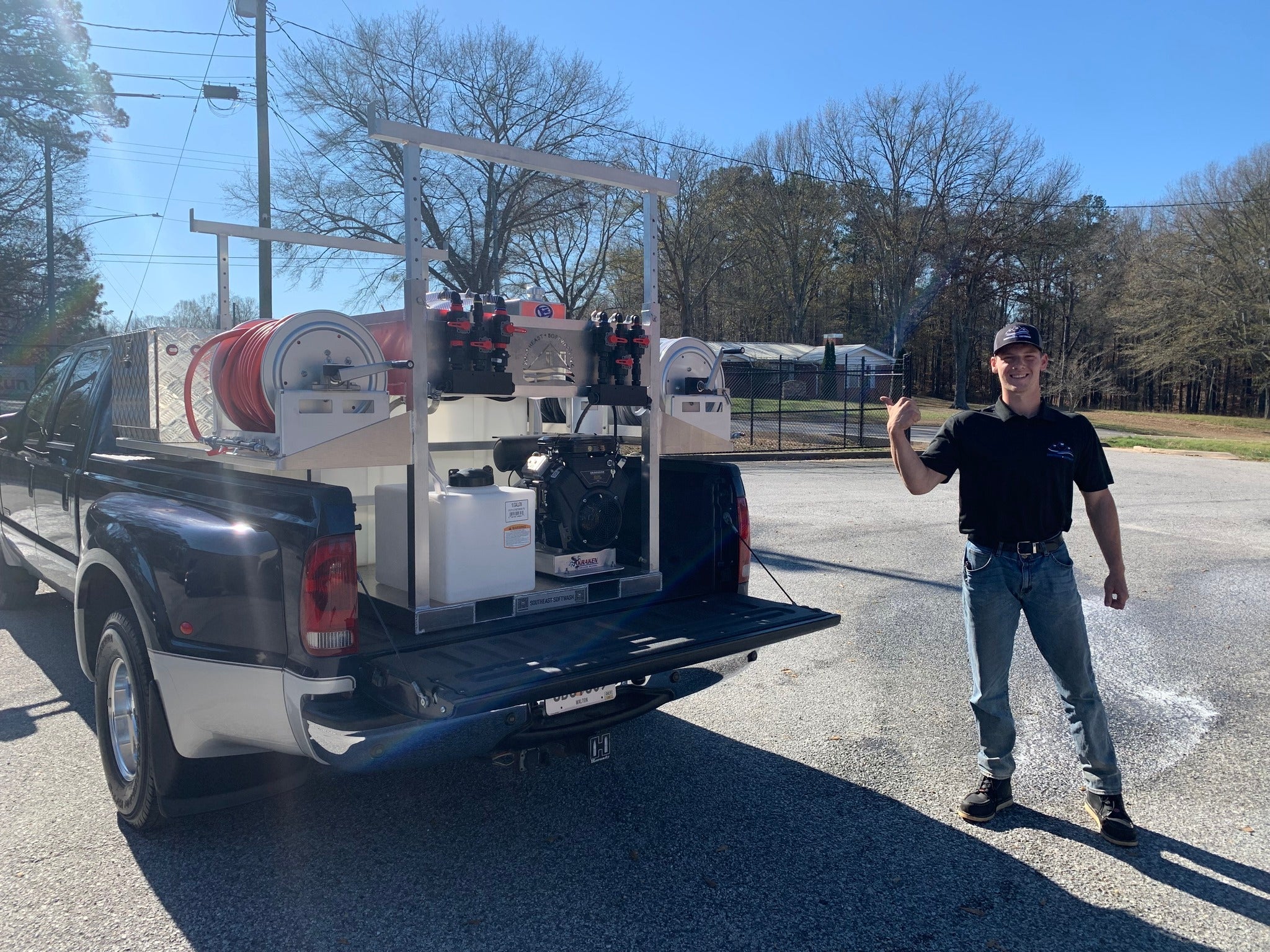Maintaining the aesthetic and functional integrity of your awning is crucial for enhancing the overall appeal of your property. Cleaning your awning with a pressure washer is an effective and efficient method. This comprehensive guide will provide you with detailed instructions and tips to ensure your awning remains in pristine condition.
Understanding Your Awning
Before embarking on the cleaning process, it's essential to understand the type of awning you have. Awnings are typically made from materials like canvas, vinyl, or polyester, each requiring a specific cleaning approach. It's also important to inspect your awning for any signs of wear, tear, or damage, as these areas will need special attention during the cleaning process.
Safety and Preparation
- Safety Measures: Ensure the area around the awning is clear of any obstacles. Use a stable ladder or platform for reaching higher areas.
- Awning Inspection: Examine the awning for any loose parts, tears, or damage. Address these issues before proceeding with cleaning to avoid exacerbating any existing damage.
- Choosing the Right Equipment: Select a pressure washer with adjustable settings. For most awnings, a pressure setting between 1500 to 2000 PSI is ideal. This range is strong enough to clean effectively but gentle enough to prevent damage to the awning fabric.
Creating the Ideal Cleaning Solution
The cleaning solution plays a pivotal role in effectively removing dirt, mold, and mildew without damaging the awning fabric. A recommended mixture is 1 cup of household bleach to 4 cups of water. This solution is particularly effective for tackling tough stains and mildew while being gentle on most awning materials.
Step-by-Step Cleaning Process
- Initial Wetting: Begin by gently wetting the awning with water. This initial step helps in loosening the dirt and prepping the surface for cleaning.
- Applying the Cleaning Solution: Use a low-pressure setting to apply the bleach and water solution evenly across the awning. It's crucial to cover all areas, ensuring a thorough clean.
- Allowing the Solution to Work: After applying the solution, let it sit for about 10-15 minutes. Keep in mind the adage, "if it's wet, it's working." The solution should remain moist during this period to ensure its effectiveness.
- Gentle Scrubbing: For areas with stubborn dirt or stains, use a soft-bristle brush to gently scrub the fabric. This action helps in dislodging any tough grime.
- Rinsing Off the Solution: Thoroughly rinse the awning with clean water, ensuring all traces of the bleach solution are removed. This step is crucial to prevent any potential damage or discoloration from the cleaning solution.
- Addressing Persistent Stains: If there are any remaining stains, treat them with a fabric-appropriate stain remover. Apply the remover gently and according to the manufacturer's instructions.
- Final Rinse and Drying: Rinse the awning one last time and allow it to air dry completely. Avoid retracting or folding the awning until it is entirely dry to prevent mold and mildew formation.
Post-Cleaning Maintenance
After cleaning, it's advisable to apply a protective coating to the awning. This coating can help in repelling water, resisting stains, and providing UV protection. Such treatments extend the life of your awning and maintain its appearance.
Regular Maintenance Tips
- Inspection: Regularly inspect your awning for signs of damage or wear. Early detection of issues can prevent more significant problems down the line.
- Frequency of Cleaning: Clean your awning at least twice a year. In areas with high levels of pollution, tree sap, or bird droppings, more frequent cleaning may be necessary.
- Avoid Harsh Chemicals: Steer clear of abrasive tools or harsh chemicals that can damage the awning fabric.
- Proper Drying: Ensure the awning is completely dry before retracting. This practice is essential to prevent mold and mildew growth, which can degrade the fabric over time.
Conclusion
Cleaning your awning with a pressure washer and a carefully prepared bleach-water solution is a straightforward yet effective way to maintain its appearance and durability. By following these detailed steps and incorporating regular maintenance practices, your awning will continue to be a functional and aesthetic asset to your property for years to come.


